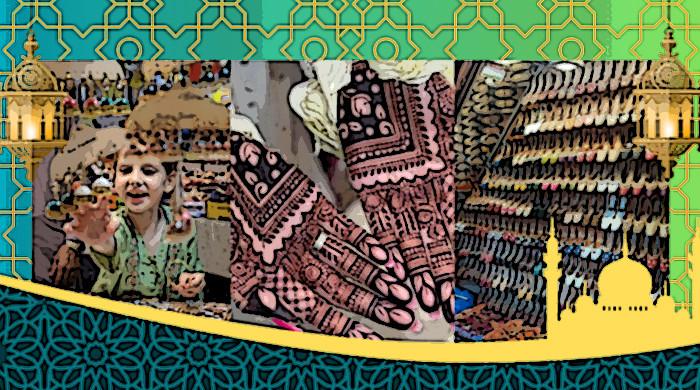
Eid: A celebration digitised or have celebrators outgrown it?
Eid has always been about celebration, family gatherings and sharing joy. Over time though, one could not help but feel that traditions and customs associated with Eid are diminishing or are being reshaped by modern life.
Once homes on Eid were full of laughter, unannounced guests and the aroma of home-cooked food, today, group chats ping with copy-paste Eid greetings and Instagram stories seem to replace heartfelt embraces. Although the spirit of Eid is still felt, the essence seems to be shifting. It has resulted in Eid losing its old charm. Let’s take a closer look at how the festive occasion is changing in this digital age.
Eid cards: The original DMs before social media
Before WhatsApp forwards, Instagram stories and Snapchat streaks, Eid cards were the thing. Exchanging them wasn’t just a tradition — it was an art form. These weren’t your average store-bought greeting cards — they were glittery, doodle-filled masterpieces, bursting with creativity, humour, and just the right amount of mischief.
Every card carried a mix of heartfelt wishes and sarcastic poetry, with handwritten rhymes that were either deeply sentimental or hilariously sarcastic. Who could forget the following classics:
- “Dabbay mein dabba, dabbay mein cake, meri saheli lakhon mein aik” — a poetic masterpiece that made every friend feel like royalty.
- “Door se dekha to gandum ki katai ho rahi thi, paas ja ke dekha to (friend’s name) ki pitai ho rahi thi” — because what’s friendship without a little roast?
- “Neeli neeli roshni, kamre mein band hai, mein kya karun, mujhe (friend’s name) pasand hai” — accidental love confessions, courtesy of Eid cards.
These silly, sentimental, and often sarcastic messages made Eid all the more special, strengthening friendships with a touch of humour and a whole lot of nostalgia.
In addition to the rhymes, the exchange wasn’t complete without tiny yet thoughtful gifts. From colourful bangles and cute keychains to pretty earrings and mini perfume bottles, each present was chosen with love (and, let’s be real, something we could afford in our pocket money). Some wrapped their gifts in shiny paper sealed with stickers, while others handed them over with a simple smile.
The exchange of Eid cards wasn’t just a childhood tradition — it extended across generations and distances. Relatives and friends, whether in another city or a different country, would carefully select and send Eid cards as a heartfelt way to say, “You’re in our thoughts this Eid”. These handwritten messages carried warmth and love, making the festive season feel a little closer, no matter the distance.
There was a time when even the smallest gestures brought the biggest joy, proving that Eid wasn’t just about new clothes and Eidi — it was about making each other feel special in the most adorable, handwritten way. Even though all the handmade Eid cards have been replaced with digital ones, the nostalgia reminds us that a little effort once went a long way in making Eid special.
From an exciting ritual to a financial trouble
Eid shopping was once a grand affair — markets overflowed with crowds, the scent of fresh henna lingered in the air, and shopkeepers could barely catch their breath amid the festive rush. However over time, that thrill is gradually fading, and according to vendors, inflation and evolving fashion trends are largely to blame.

In the past, Eid outfits were all about grandeur — heavily embroidered dresses, shimmering dupattas, and perfectly matched bangles were an absolute must. Now, the trend has shifted towards simpler, ready-to-wear suits, often printed or less-embroidered, or trendily stitched as people prioritise comfort over extravagance. People no longer look forward to planning the Eid attires and opt for off-the-rack fashion.
Trendy shoes and sandals are rapidly replacing traditional Eid staples like khussas, kolhapuris, and Peshawari chappals. Many women opt for sleek metal bangles and bracelets instead of glass bangles for Eid. Stacking three to four dozen jingling glass bangles has become a thing of the past, replacing them now are delicate bracelets or simple elegant metal bangles.
“Inflation killed the joy of Eid shopping”
Zulfiqar, a lace shop owner in Anarkali Bazaar who has been in the business since the 80s, reminisces about the golden days when customers enthusiastically bought fabrics and embellishments weeks before Eid.
“People would flood the markets, buying lace and accessories for tailor-made outfits. Now, ready-made clothing has taken over, and our business has slowed down. Inflation is so high that people are more concerned about affording groceries than spending on Eid shopping,” he laments.
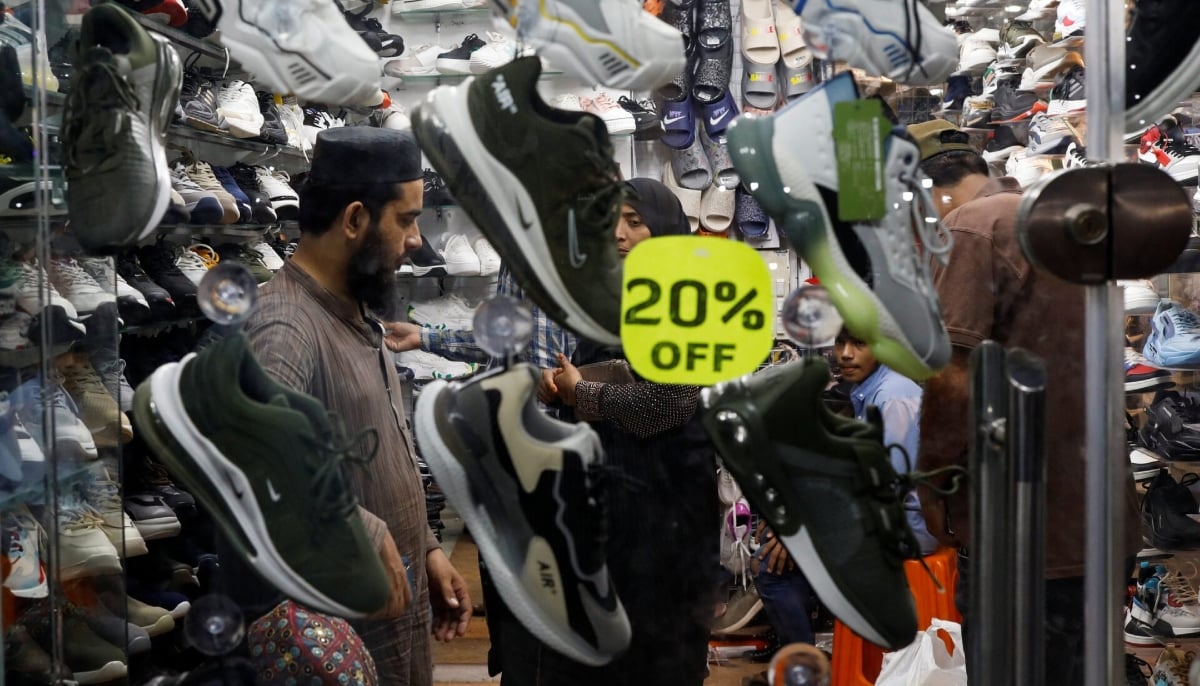
Muhammad Nasir, a bangle shop owner for over two decades, shares a similar sentiment. He recalls a time when bangles were an Eid essential, with women and young girls excitedly searching for the perfect match for their outfits.
“That craze is almost gone. People are struggling financially, and instead of feeling excited about Eid, they feel anxious about expenses,” he says.
He also addresses a common misconception. “Customers think we increase prices during Ramadan, but the truth is, supplier rates are already high. The joy of shopping has turned into stress.”
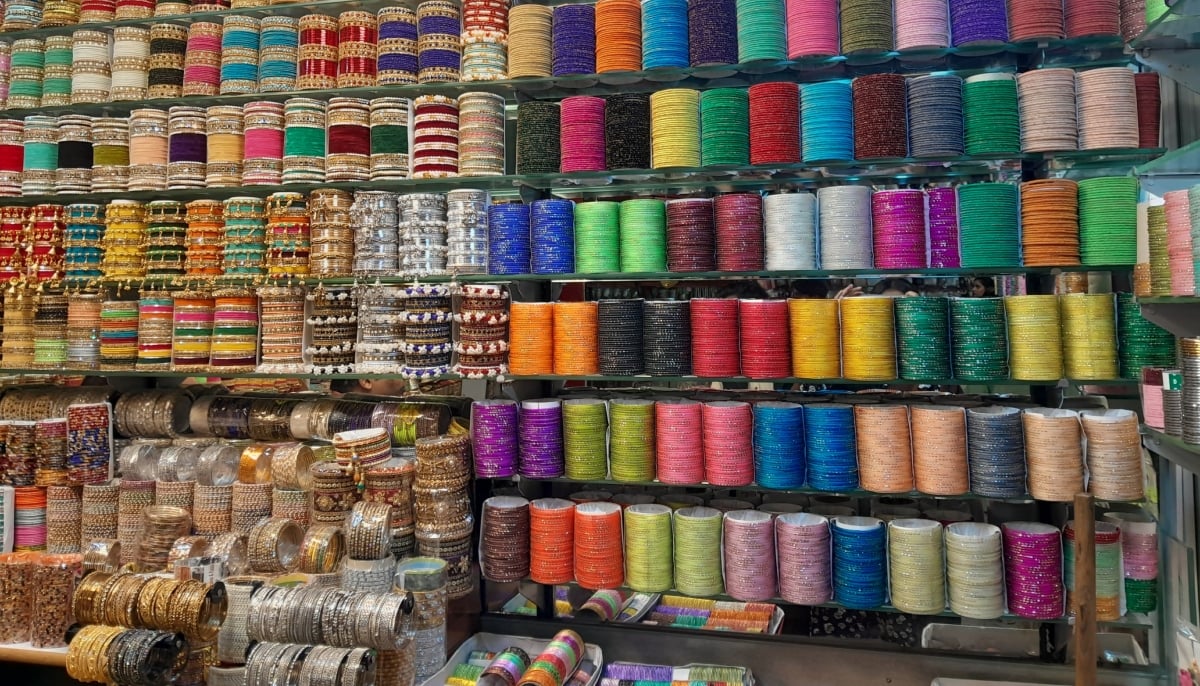
While rising costs are a major factor, the decline in Eid shopping isn’t just about inflation — it’s also about changing lifestyles.
Muhammad Haneef, a khussa vendor, reflects on how digital distractions have reshaped traditions.
“Social media and mobile phones have taken over our lives. Back in the day, there were fewer markets, but they were always packed with customers lining up outside. Now, markets have expanded, yet the energy, the excitement — it’s just not the same.”
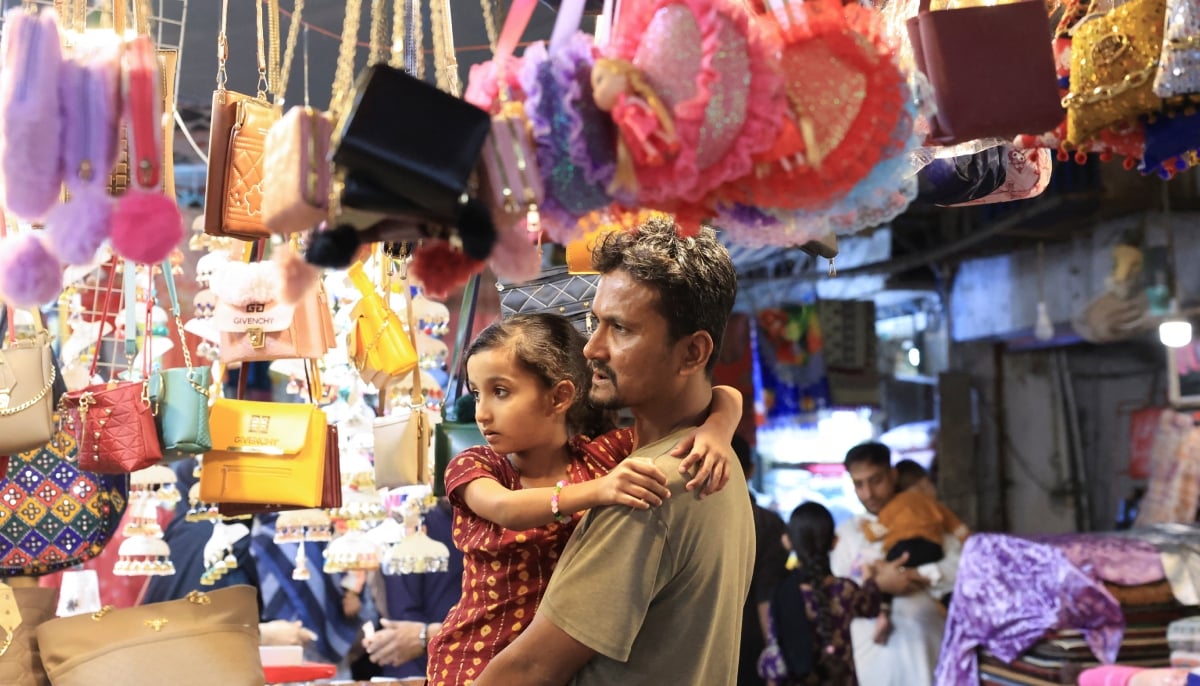
As inflation tightens budgets and modern lifestyles reshape traditions, the once thrilling ritual of Eid shopping has become a stressful balancing act between financial constraints and fading enthusiasm.
From henna rituals to last-minute hacks
Although preparations for Eid start weeks in advance, the real excitement begins on chand raat, the night before Eid. Bustling markets overflowed with eager shoppers selecting vibrant outfits, bangles, and shoes, while streets glowed with festive lights. Women and girls either in bazar or at home would apply henna designs on each other’s hands and feet with all the excitement late at night.
At the heart of the henna tradition is making sure your hands get, the deepest, most beautiful henna tattoo — a tradition passed down through generations. It doesn’t just end with just applying it. Once applied, girls tried every hack in the book, from carefully dabbing cheeni wala paani (sugar water) despite its sticky aftermath to boldly rubbing mustard oil over their hands, trusting in time-honoured wisdom.
By morning, they would excitedly scrape off the dried mehndi, hoping for a rich maroon hue — only to feel a pang of disappointment if it turned out more “meh” than “wow.” In the old days, when cones were not common, henna was prepared at home, with henna powder mixed into a paste and delicately applied using a toothpick.
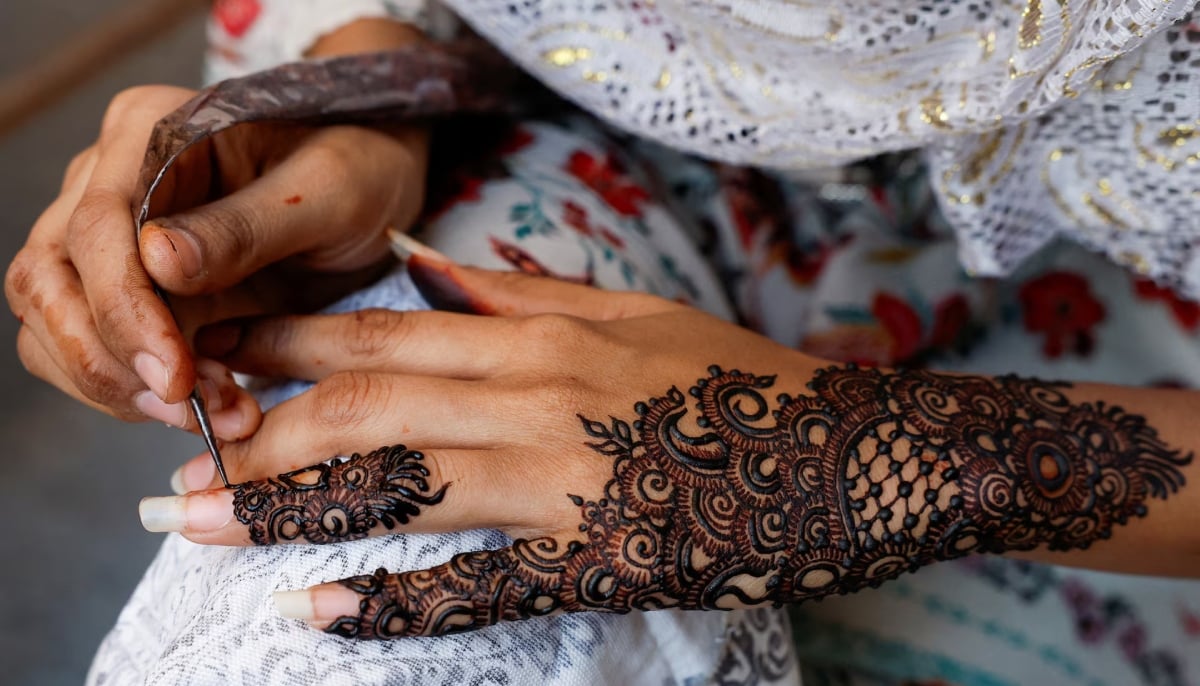
If you’re not blessed with the patience—or a steady hand — glittery henna stickers and mehndi stamps once offered a quick fix. These stencils—from floral patterns to intricate paisleys—allowed even the most artistically challenged to flaunt festive henna with minimal effort. Kids adored them, and let’s be honest, so did many adults. While henna fanatics may have turned their noses up, these creative quick-fix options were an undeniable part of chand raat nostalgia — fun, convenient, and perfect for last-minute Eid prep.
Fast forward to today, and the trend has shifted. The once-beloved DIY mehndi hacks have been replaced by trendy, Instagram-worthy henna aesthetics, with professional artists crafting minimalist yet elegant designs. Regardless of what changed with the Eid traditions, the excitement of chand raat celebrations remains as magical as ever.
From door-to-door Eidi hunts to fading reunions
Back then, Eid wasn’t just celebrated within four walls — it spilt into the streets, where kids roamed in groups, knocking on every neighbour’s door like little treasure hunters on a mission to collect Eidi. Parents had no issues letting their children wander from house to house, knowing they were safe in the warmth of a closely-knit community. Today, that carefree trust has faded, replaced by locked gates and cautious glances.
Do you recall the absolute satisfaction of sitting down at the end of the day, counting every crisp banknote of Eidi like a tiny millionaire, and then proudly flaunting your fortune to your jealous cousins and friends? Nothing felt more rewarding than stacking up those notes, mentally planning all the snacks, toys, and completely unnecessary things you’d buy from that money.
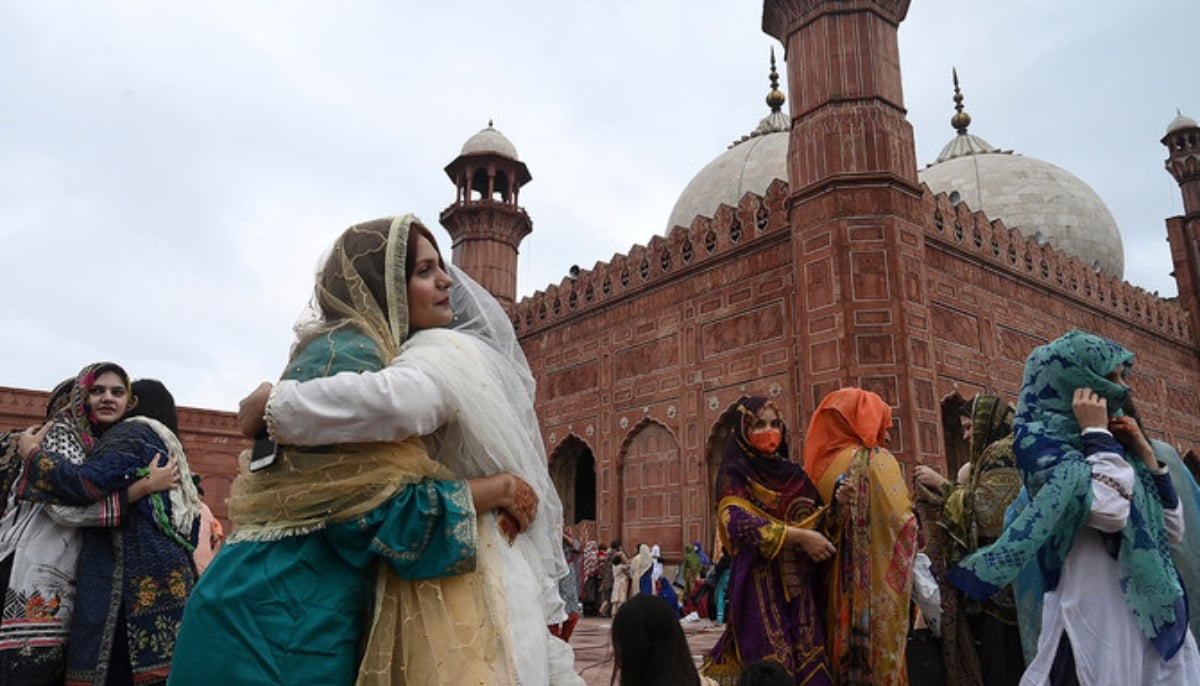
And let’s not forget the worst betrayal — when our parents would suspiciously volunteer to “keep our Eidi safe”, only for us to later discover it had been mysteriously redistributed among our cousins. When it came to Eid, visiting family and friends wasn’t a formality — but the whole point of it, driven by genuine warmth and connection. People eagerly checked in on relatives, neighbours, and even distant acquaintances, not out of obligation but out of sheer joy. These visits brought laughter into homes, strengthened relationships, and turned Eid into a true escape from life’s everyday worries.
The possible biggest change, though, is the fading of grand family gatherings. Eid was once centred on our grandparents’ homes, with cousins, aunts, and uncles packed in one space. But as elders passed, so did those traditions, leaving the once-bustling gatherings as nothing more than a distant memory. The warmth of those get-togethers, the shared meals, and the unfiltered joy of being together seem harder to replicate today where connections are often reduced to WhatsApp forwards and Instagram stories.
Shift from mithai to cakes
There was a time when no Eid visit felt complete without a large box of gulab jamuns, barfi, and laddus in hand — each piece carefully selected. But somewhere along the way, mithai lost its crown, replaced by the ever-popular fondant Eid cakes.
Now, instead of homemade treats like sheer khurma and seviyan, guests are greeted with perfectly frosted cakes — designed more for Instagram aesthetics than being food that we yum over.
During Eid, bakery shelves are stacked with beautifully decorated cakes, and eager buyers swarm in. But be on time — if you’re even a little late, brace yourself for disappointment. Chances are, your favourite cake was snatched up just minutes before you arrived.
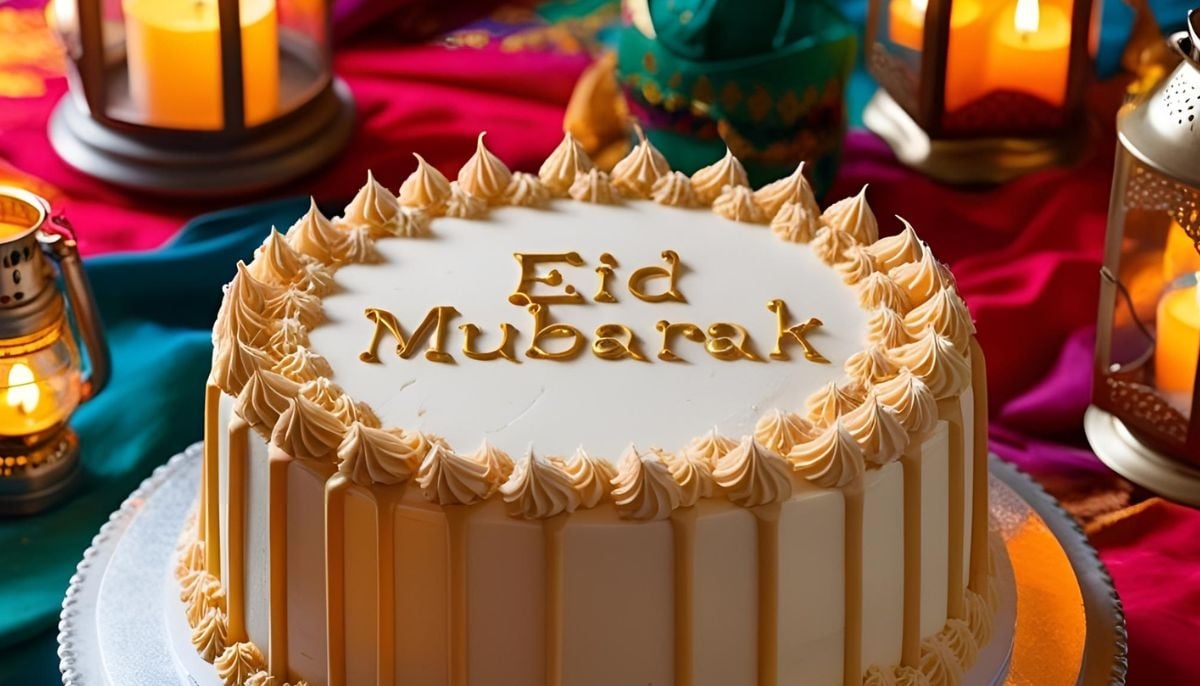
Arfa Zehra, an eminent educationist and cultural expert, questions this transformation. She reflects on the fading traditions, saying: “In our homes, cakes are now being cut on Eid, but in our tradition, Eid is not about cutting cakes; but about having seviyan, chuaray (dried dates), and sheer khurma. Why is this happening? Should we adopt customs from other countries, or should we celebrate our festivals in a way that others take notice?”
Her words spark an important debate — is Eid evolving, or are we losing a cherished part of our heritage? While cakes may have found their place on the Eid table, the nostalgic charm of mithai still lingers, waiting for a well-deserved comeback.
If it’s not on Instagram, did it even happen?
Eid, once a day filled with heartfelt connections and genuine celebrations, has now snapped into a full-blown social media event. Who needs handwritten Eid cards when a glittery Instagram story does the job? Why visit relatives when you can copy and paste one “Eid Mubarak” message to 50 people in one go?
These days, the true spirit of Eid doesn’t exist in being together — it’s in curating the perfect outfit post, selecting the right filter, and then adding the right caption that basically screams “Feeling blessed”. Sitting down for a meal? It can wait. First, let’s spend 15 minutes picking the most aesthetic angle for our Eid spreads.
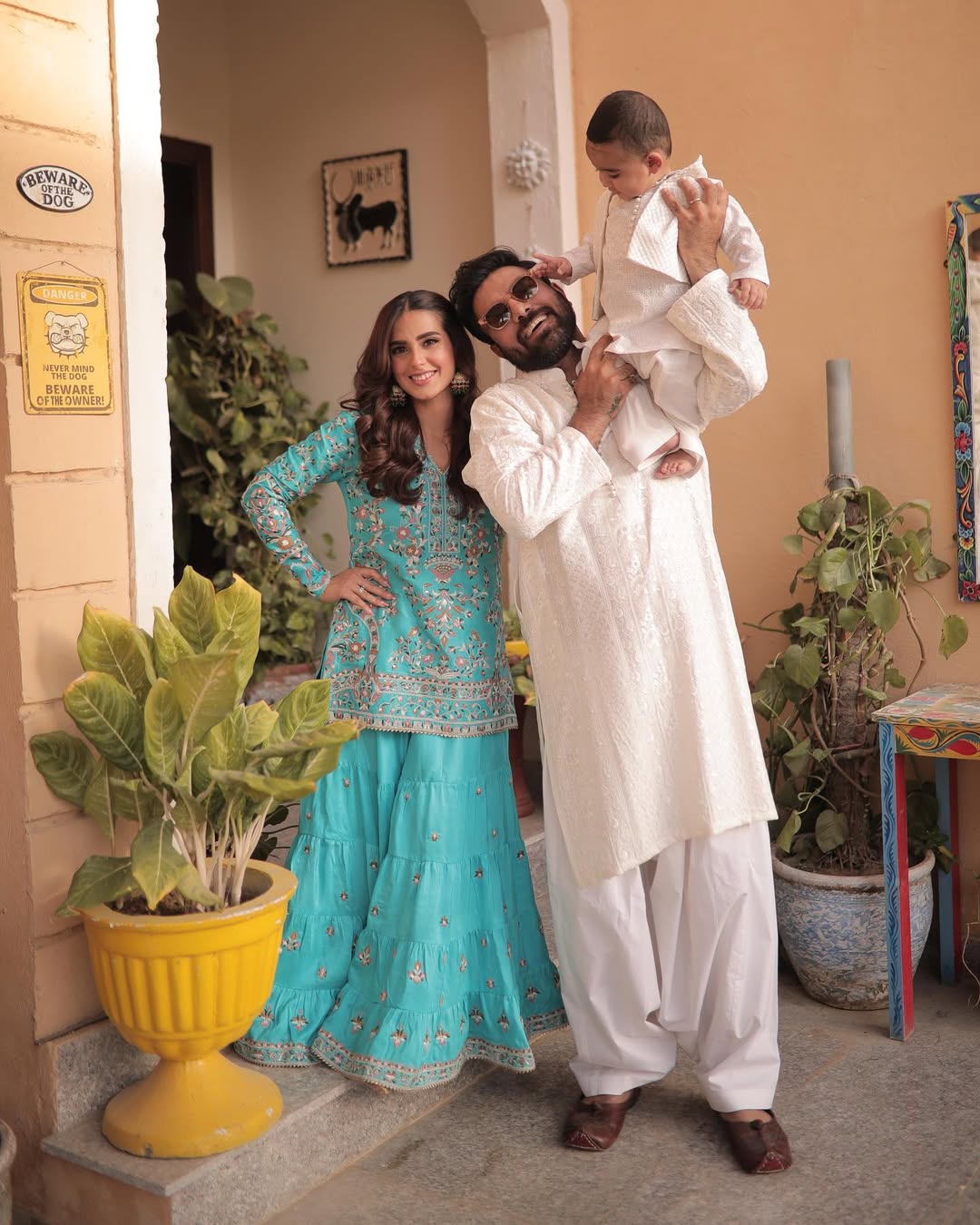
Ironically, with how easy social media has made staying connected with each other, it has also taught us how to ignore the people right next to us. The lively, laughter-filled family gatherings have been replaced by quiet rooms lit up by phone screens, each person lost in their own digital world.
Maybe Eid didn’t change — we did
Eid was once a time of heartfelt gatherings, where family and neighbours reconnected effortlessly. Today many of us do not even know our neighbours because we have all become distant, busy in our own cocoons. Personal grudges, busy routines, and a convenience culture also keep people apart.
Zehra beautifully highlights the importance of forgiveness and rekindling relationships. “Eid is a day of happiness. I love Eid, but one thing that saddens me is that we do not forgive each other. If you ask someone why they didn’t send sheer khurma to a certain household, they might say, ‘We don’t talk to them.’ But why not send a small plate of sheer khurma? It might restart a conversation. It’s as if people are constantly in battle mode. Relationships are meant to be preserved.”
At its core, Eid hasn’t changed — we have. We’ve all become comfortable with our convenience, replacing real effort with quick fixes and digital interactions. We say Eid doesn’t feel the same, but how much are we doing to keep its essence alive? Traditions don’t just vanish; they fade when we stop practising them.
Many of today’s children will never know the joy of pooling Eidi money with their friends to buy goodies from the corner store or the excitement of visiting the park or watching the maut ka kunwa (motorcycle motordrome) at the travelling Eid circus. These simple moments that brought genuine joy defined the magic of Eid, yet they are slipping away.

Perhaps now is the best time for us to put our phones down, step out of our zones, and rekindle the warmth, connections, and joy that once made Eid truly special. Because Eid was never solely about feasts or new outfits — it was centred on togetherness, love, and cherishing moments that feel unforgettable. Amidst our growing responsibilities, perhaps we can still find our way back to its true soul.
Momna Tahir and Masab Pervaiz are staffers at Geo Election Cell.
Header and thumbnail illustration by Geo.tv










